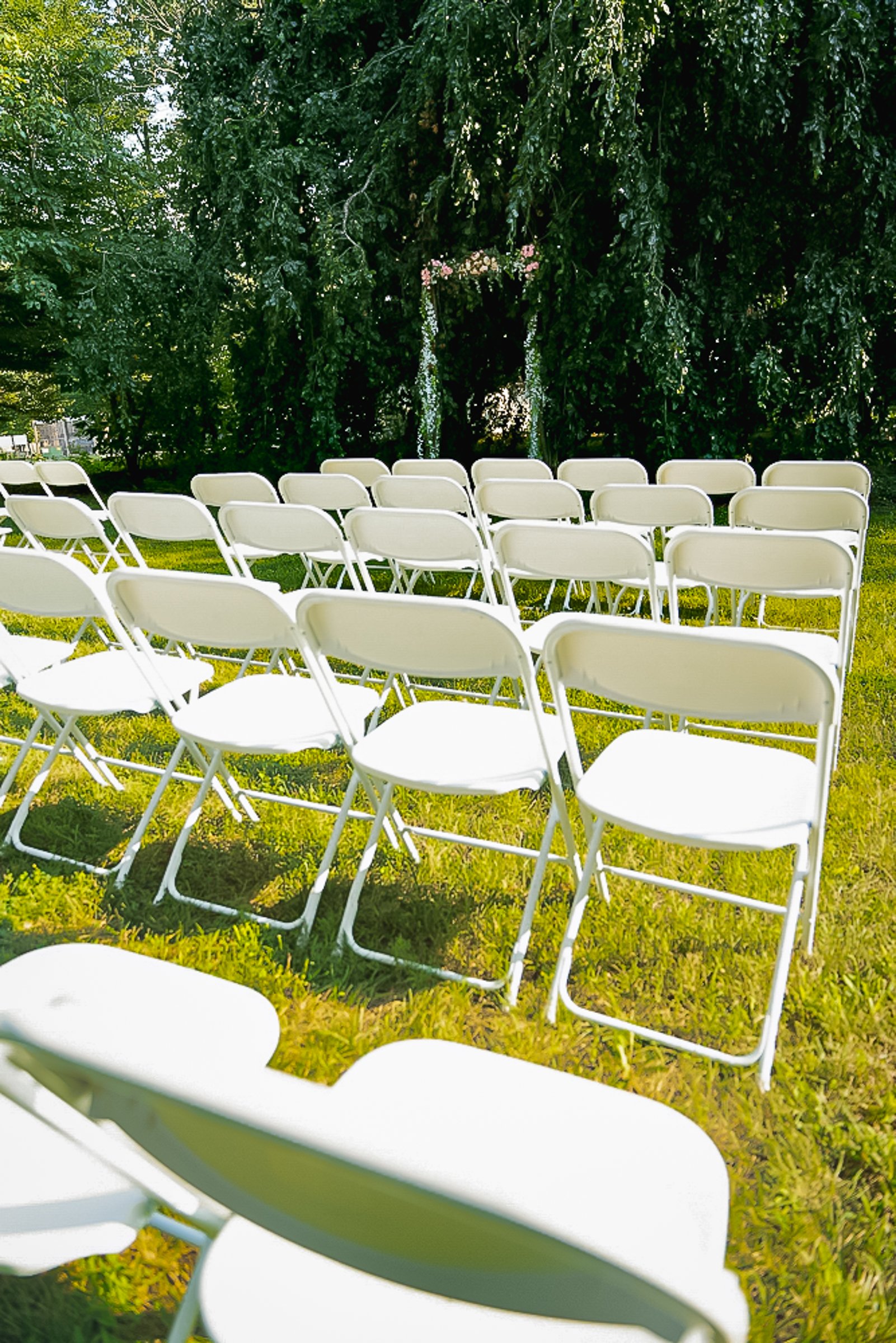
Mastering Low Light: Essential Tips for Concert Photography
Experience the electrifying energy of live music through the lens of ScottyD, one of the most sought-after concert photographers in the region. This striking image captures not only the dynamic performance on stage but also the vibrant atmosphere of the crowd. In our latest blog, "Mastering Low Light: Essential Tips for Concert Photography," discover how ScottyD uses expert techniques to navigate low-light conditions and tell compelling stories through his photographs. Enhance your concert photography skills with practical tips and insights that ScottyD employs to create captivating images that draw audiences to the venue.
Read the full blog on ScottyDFoto.com and learn how to elevate your concert photography to professional levels.

10 Essential Tips for Capturing Intimate Moments at Small Weddings
Discover the secrets to capturing intimate moments at small weddings with our comprehensive guide. From building connections with the couple to mastering natural light, our top 10 tips will help you create unforgettable wedding photos. Perfect for both novice and experienced photographers, this guide offers practical advice and expert techniques to enhance your wedding photography skills. Explore our tips and take your photography to the next level.
For more detailed insights and tips, read the full blog on ScottyDFoto.com.
